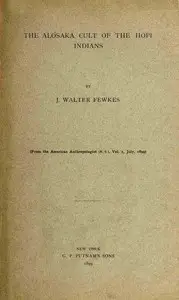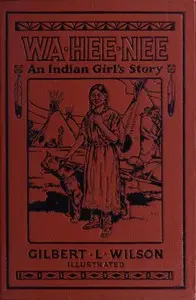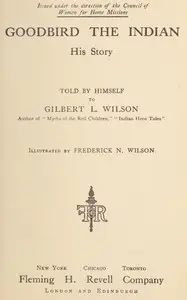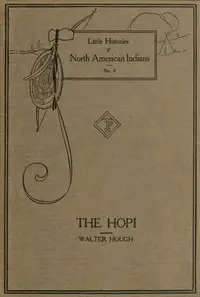"Agriculture of the Hidatsa Indians: An Indian Interpretation" by Gilbert Livingstone Wilson is a detailed look at the farming techniques and cultural importance of agriculture to the Hidatsa people. Presented through stories from a knowledgeable Hidatsa woman, the book shares the history, practices, and values tied to their way of farming. It explains the Hidatsa people's move toward agriculture and the deeply rooted beliefs around the land. It presents the processes of planting, harvesting, and important tools through personal stories, highlighting how farming was a spiritual practice to them. The objective is to protect and honor ancient wisdom through this intimate telling of cultural values in a changing way of life.
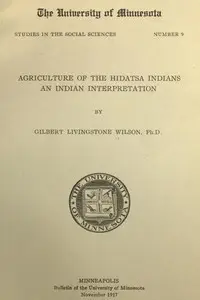
Agriculture of the Hidatsa Indians: An Indian Interpretation
By Waheenee
Discover the rich agricultural traditions of an American Indian tribe through the first-hand account of a Hidatsa woman, revealing the spiritual connection between the people, the land, and their harvests.
Summary
About the AuthorWaheenee, also referred to as the Buffalo Bird Woman was a traditional Hidatsa woman who lived on the Fort Berthold Reservation in North Dakota. Her Hidatsa name was Waheenee, though she was also called Maaxiiriwia. She was known for maintaining the traditional lifestyle of the Hidatsa, including gardening, cooking, and household tasks. She passed on the traditional ways of her culture and oral tradition through interviews with Gilbert Wilson, in which she described her own experience and the lives and work of Hidatsa women.
Waheenee, also referred to as the Buffalo Bird Woman was a traditional Hidatsa woman who lived on the Fort Berthold Reservation in North Dakota. Her Hidatsa name was Waheenee, though she was also called Maaxiiriwia. She was known for maintaining the traditional lifestyle of the Hidatsa, including gardening, cooking, and household tasks. She passed on the traditional ways of her culture and oral tradition through interviews with Gilbert Wilson, in which she described her own experience and the lives and work of Hidatsa women.

